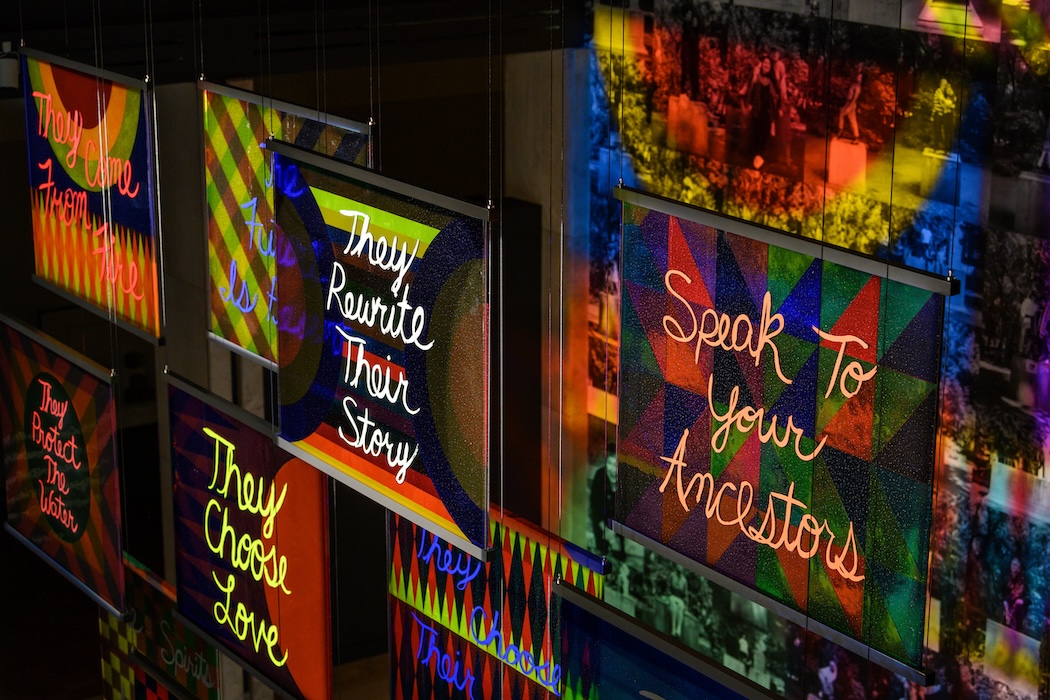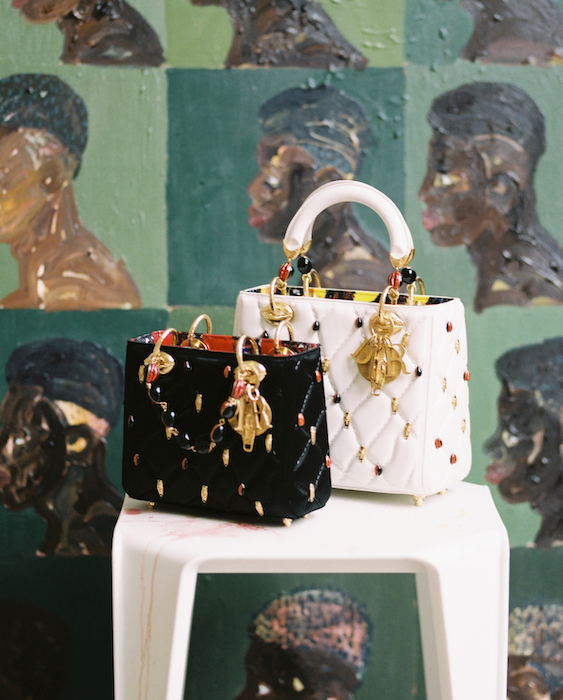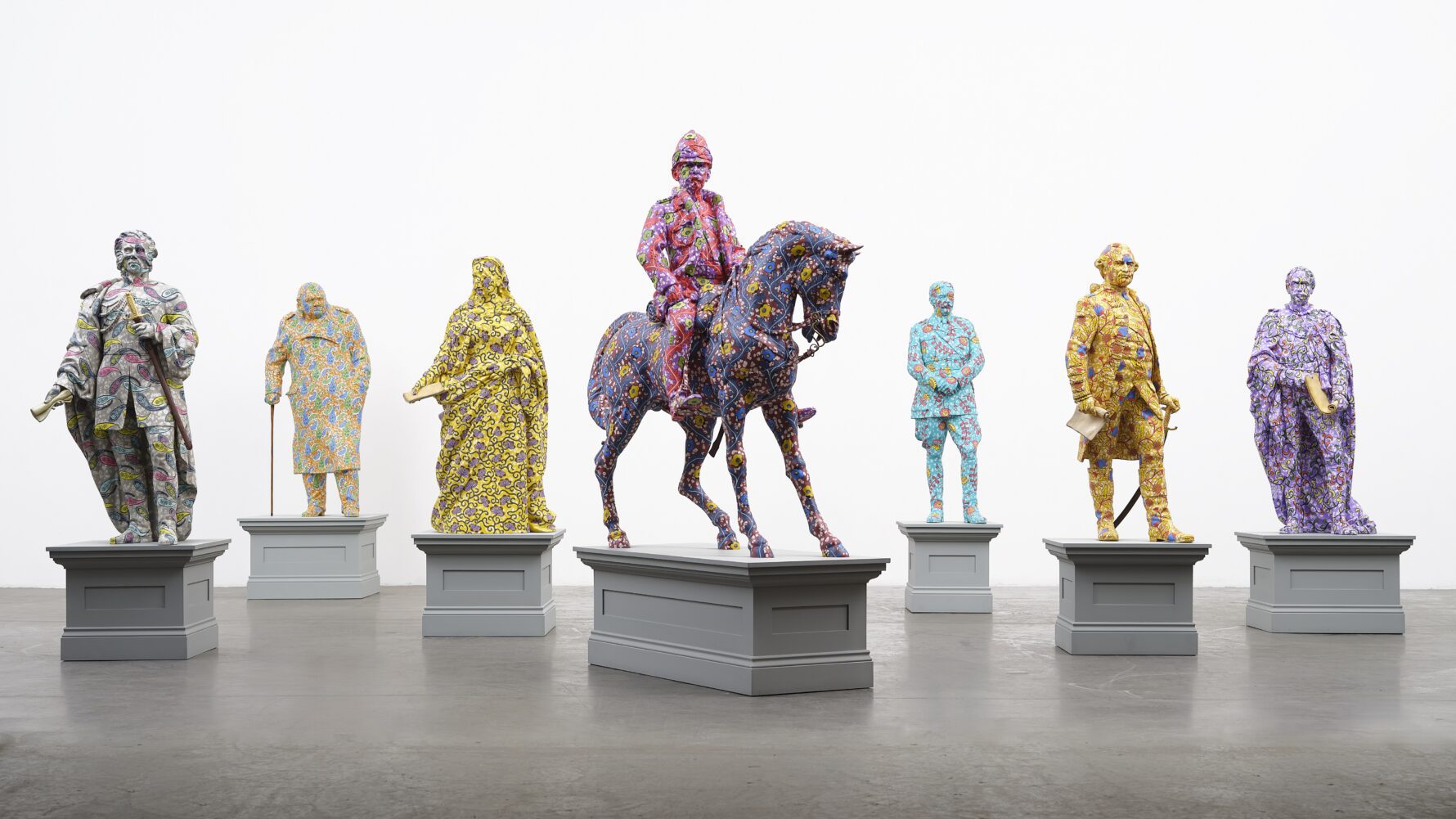Cartagena is well known for many reasons, none of which include its contemporary art scene. It is the land that bore Magical Realism, was once home to author Gabriel Garcia Marquez and is recognized as a UNESCO World Heritage site. It boasts perfect Caribbean weather and an array of exotic fruits – one personal favorite is the lulo, producing a flavor that can only be described as a combination of rhubarb and lime.
This year, curator Berta Sichel is making strides to ensure that the city is also known for its bourgeoning art community. Bienal Internacional Arte Contemporáneo Cartagena de Indias (BIACI) opened February 7 and runs through Monday, April 7. With 120 artists from 45 countries and 20 biennial commissions, Sichel and her team have produced a diverse schedule of public performance, educational programming, and artist talks.
 Juan Obando
Juan ObandoNasher y Ackland de la serie Museum Mixtape
2013
Courtesy of the artist
Sichel hails from São Paulo, where she worked with the São Paulo International Biennial and later with Aperto 93 at the Venice Biennial. From 2000 to 2011 she served as the Director of the Department of Film and Video at the Reina Sofia Museum in Madrid. With a Master’s in Media Ecology, a Ph.D. in Communications from New York University and awards including the 1998 Guggenheim Fellowship in Humanities/Fine Art Research, she comes with a background as rich and diverse as Cartagena’s.
On the subject of Cartagena, she said, “I come from Brazil, I know about colonialism, but the Portuguese and the Spanish colonies were totally different. Race relations and assimilation are different here than in Brazil…this biennial is a conversation starter, for both Colombians and the international community, but mostly for people here in Cartagena.”
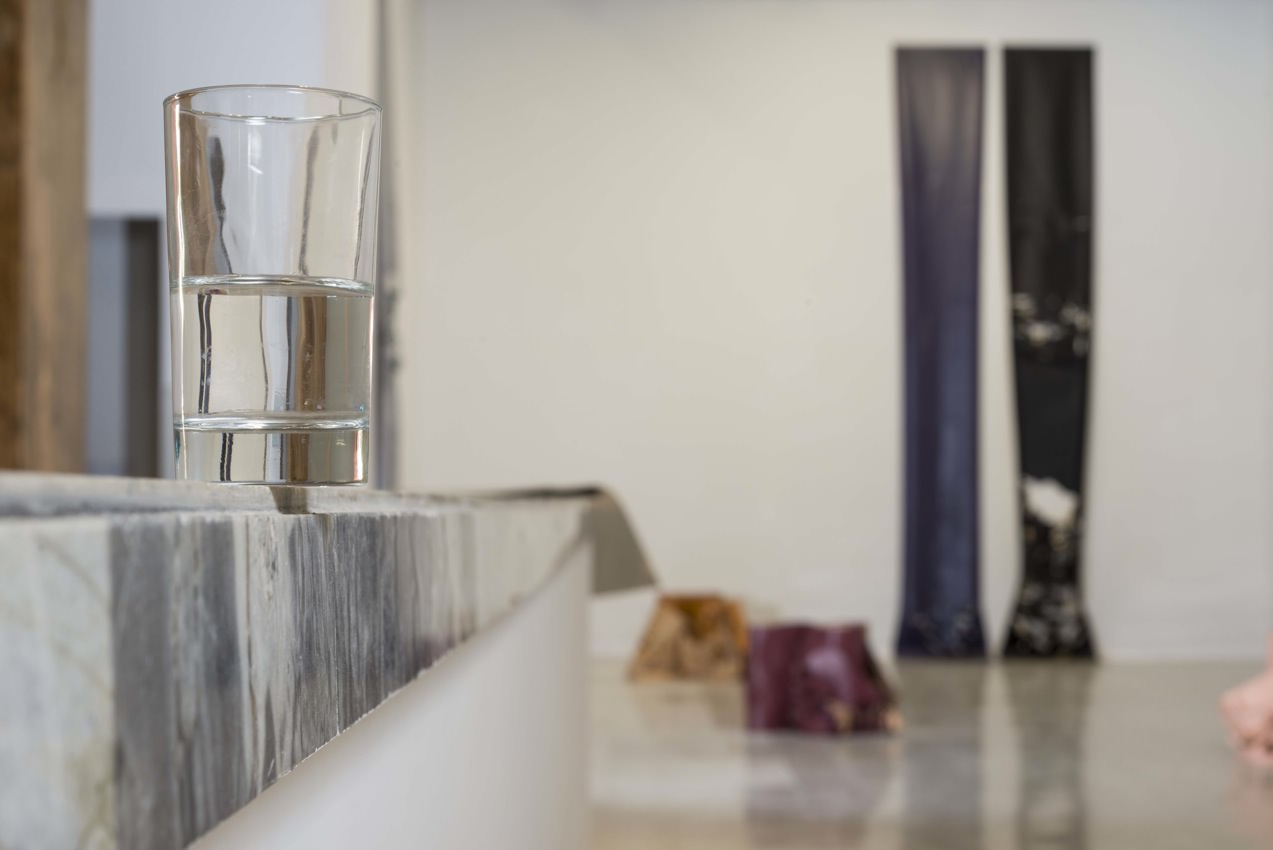 José Olano
José OlanoInstallation view
Photo by Oscar Monsalve
Courtesy of BIACI
All of the biennial programming is free and open to the public. Over 20,000 school children have been on guided tours of the exhibitions, students from the local college work as paid docents, and the entire city has been activated by multidisciplinary exhibitions in venues throughout the city. Signs for BIACI clutter shop windows and enjoy equal visibility to the bronze sculptures of Saint Sebastian and reclining Botero’s in the town squares.
The newest of many biennials cropping up throughout Latin America, Sichel said “This biennial is for Colombia, for Cartagena, so the country is able to break the constraints of the curatorial eye, which has constructed firm restrictions on what Colombian art is and can be.” Sichel held an open call for Colombian artists; over 400 applied and nine were selected.
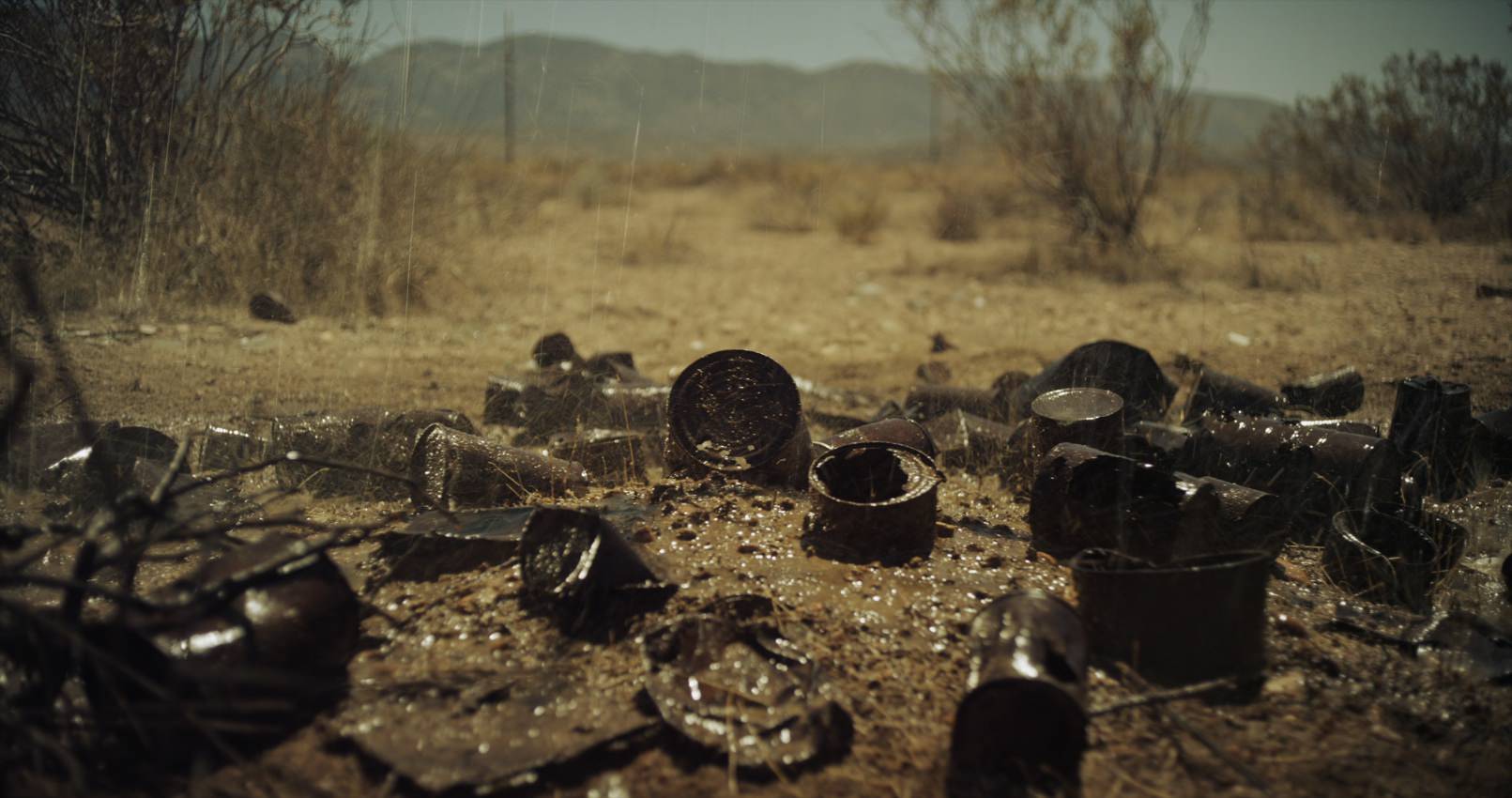 Jesper Just
Jesper JustLlano
2012
© Courtesy of the Artist and James Cohan Gallery, New York, Shanghai
The standouts from this group include Cartagena native José Olano, whose minimalist work playfully juxtaposes balance with domestic objects. Glasses of water rest half full, just off the edge of gallery platform, Plexiglas sheets float above table tops, resting as if by magic on the felt tip of a Sharpie marker.
Olano’s work is joined by other newcomers like Juan Obando, who splits his time between Bogotá and North Carolina, acting as an Assistant Professor in the Department of Art and Art History at Elon University. His piece Museum Mixtape (2013) is a video-album in which up-and-coming rappers perform improvised freestyle rhymes as live critiques of museums in the southeast United States. The work aims to create a connection between hip-hop narratives and institutional art spaces, reflecting on the current state of cultural economies, institutional community engagement, and emerging subcultural forms and their intersections.
 Pablo Gómez Uribe
Pablo Gómez Uribe“El Gordon” demolition
2013
Courtesy of the artist and Galeria de la Oficina
Some of the artworks included were more inherently political; an aspect Sichel notes as both inevitable and welcome, so long as the message was subtle. “I didn’t want to include so-called ‘political art;’ I was looking for work with political, historical and social meaning. I wasn’t looking for burning flags. I wanted the viewer to find their way on their own.”
The political climate is almost palpable as the city is layered with histories, most of them tragic. A video work by Juan Manuel Echavarría, El Sepulturero y su llamada perdida (2013), depicts a groundskeeper tending to the grave plot of an unclaimed body found floating in the town river. His work explores the aestheticization of violence and terror, forcing the viewer into this reality, which is still pervasive in some parts of Colombia.
 Colectivo Octavo Plástico
Colectivo Octavo PlásticoSesión para dos aquí y una allá
2013
Courtesy of the artist
Curator at the Museo del Arte Moderno La Tertulia de Cali, Miguel Gonzales, spoke about the experience of art-making in modern day Colombia during a panel called Emerging Colombia, remarking “artists don’t have to travel for conflict: Indigenous, Afro-Colombians, Guerillas…the great conflicts are local. Colombian artists can be inspired by their own rich storylines. The conflict can be a motivator.” He went on to say, “If Colombia had a different history, the artwork would be all orchids, parrots, and seascapes.”
The proximity of artworks by international artists such as Sheila Hicks, Mickalene Thomas, Yoko Ono, Nick Cave, Yinka Shonibare, Candida Höfer, Kristin Oppenheim, Leo Villareal, to the group of Colombian artists, many of whom are working without gallery representation or even websites allows for a true spirit of discovery. The curation is a thoughtful and refreshing blend of important political commentary and witty, forward thinking pieces. It will leave you wondering, Why not Cartagena?
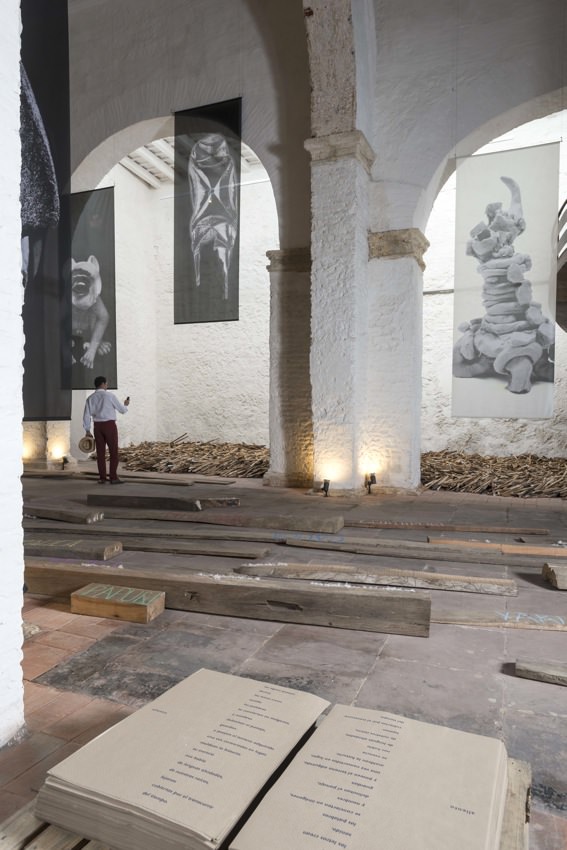 Casa 1537
Casa 1537







